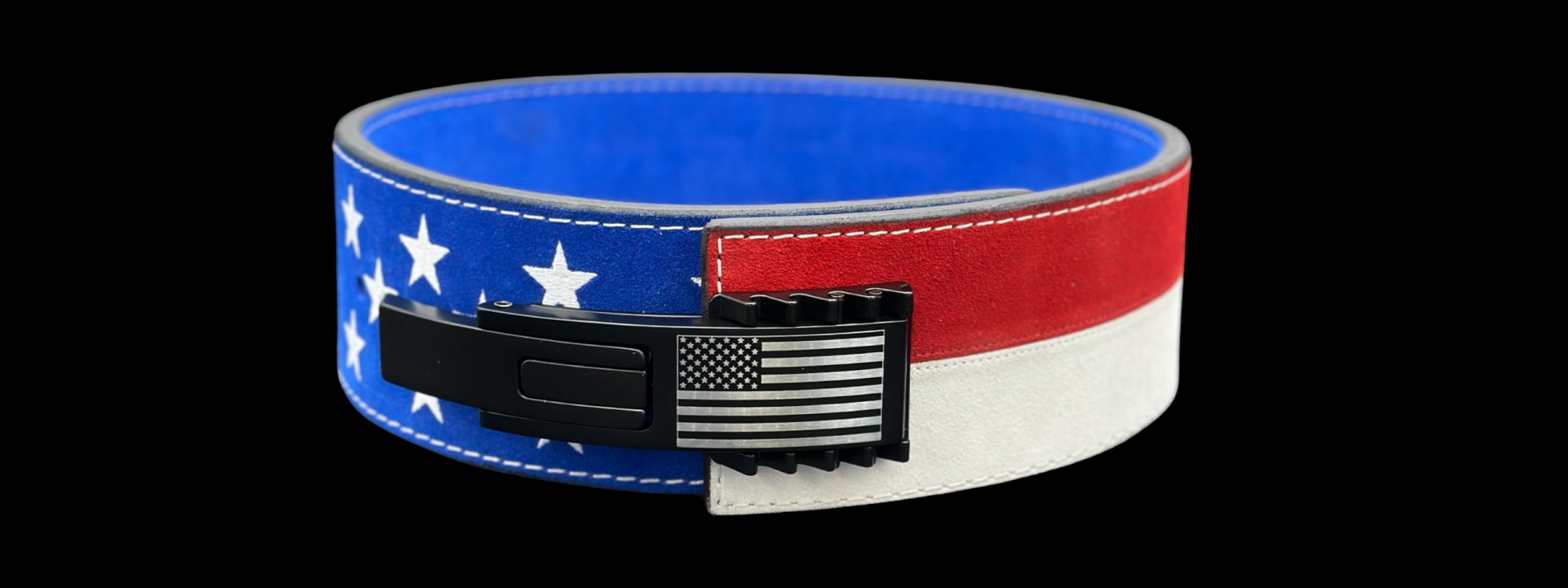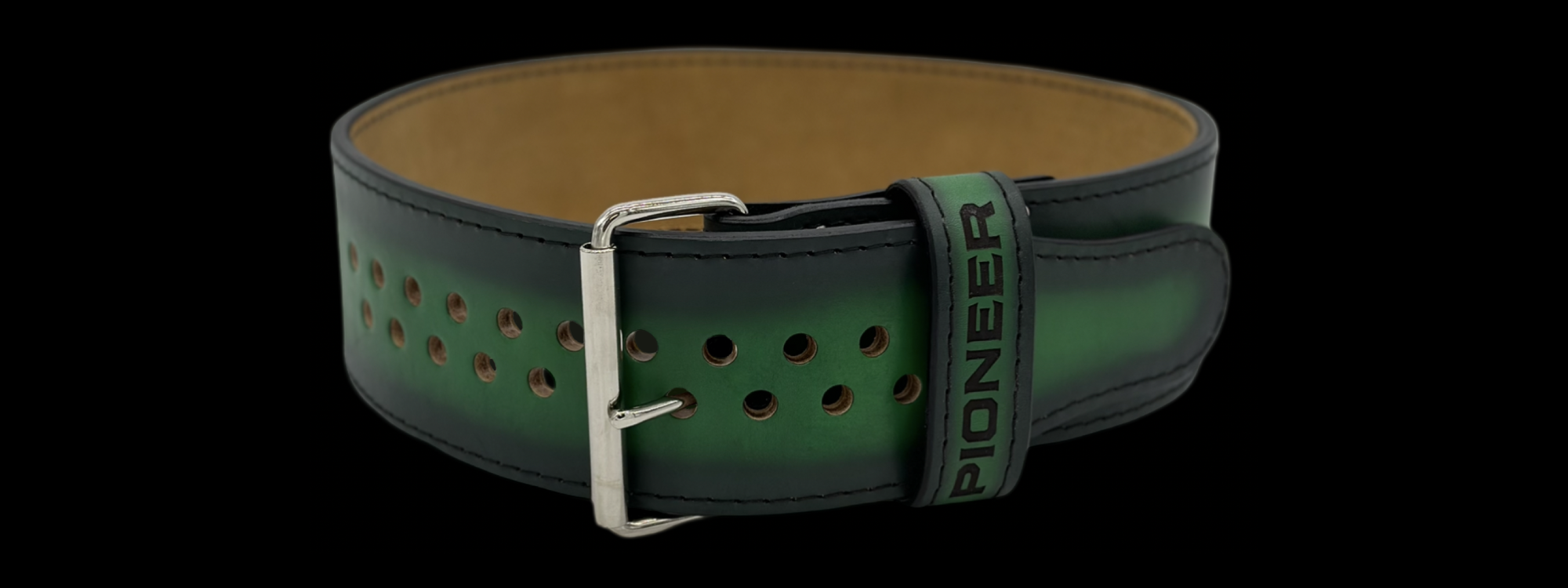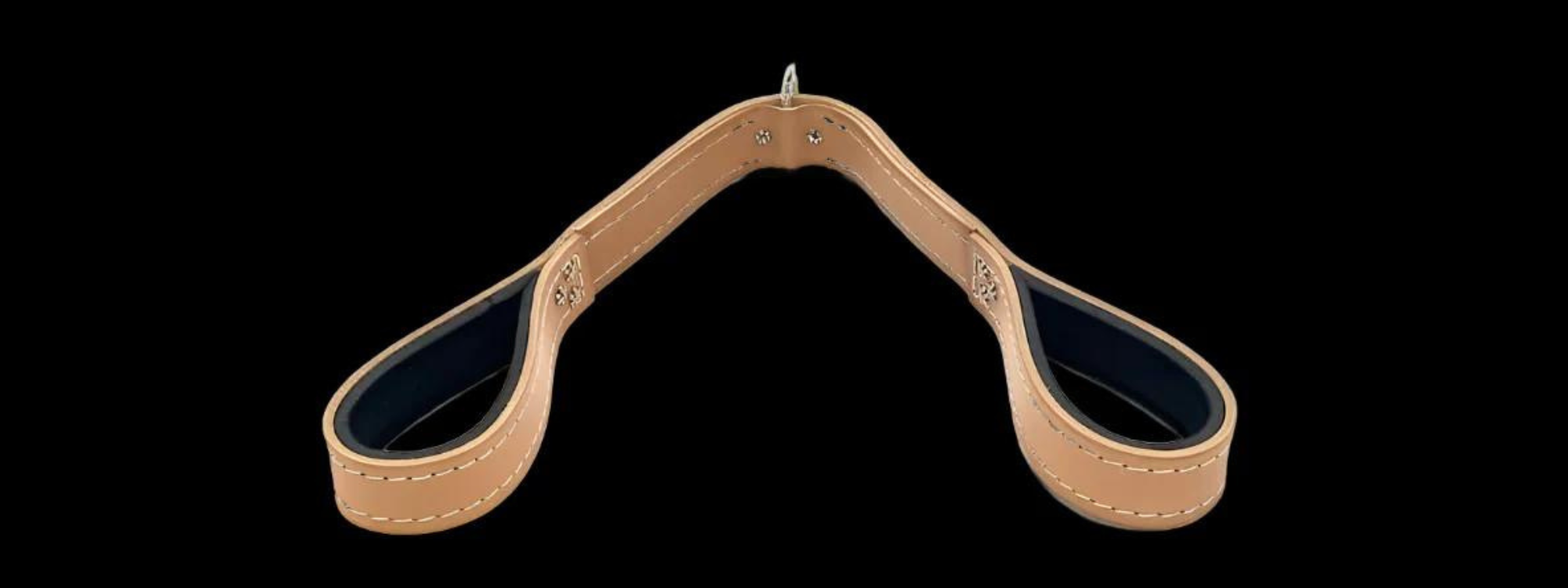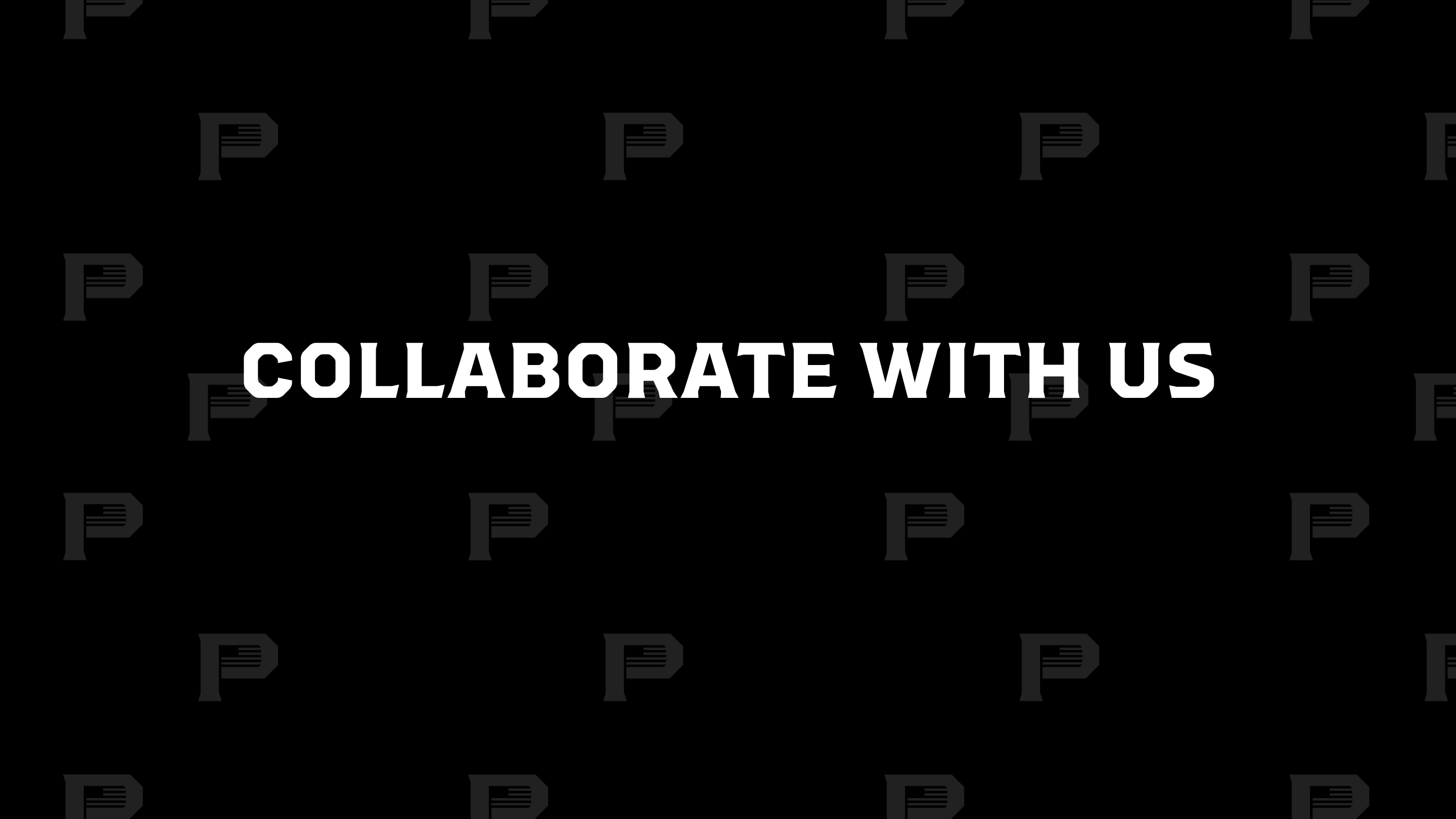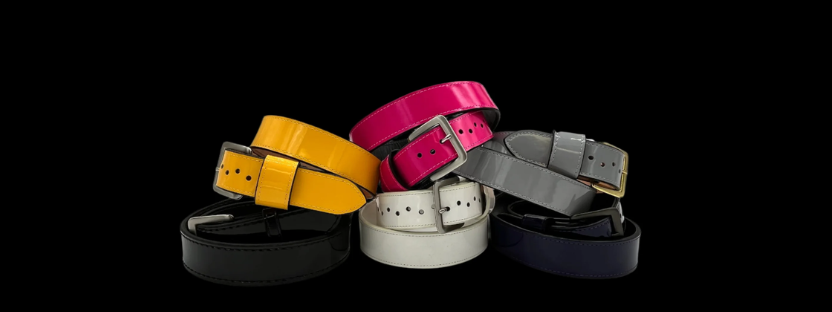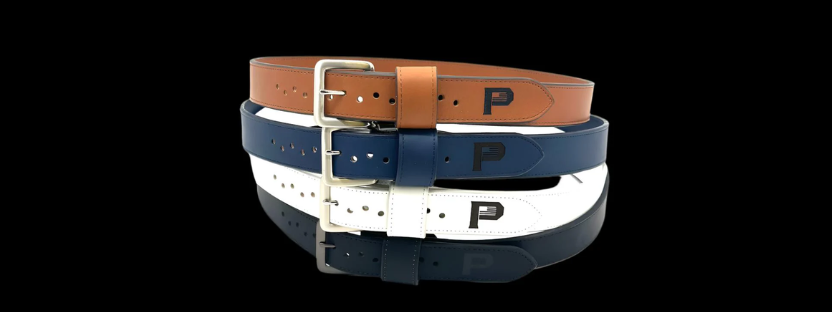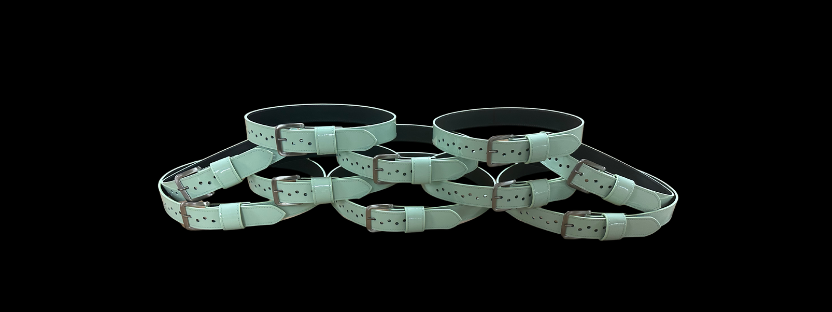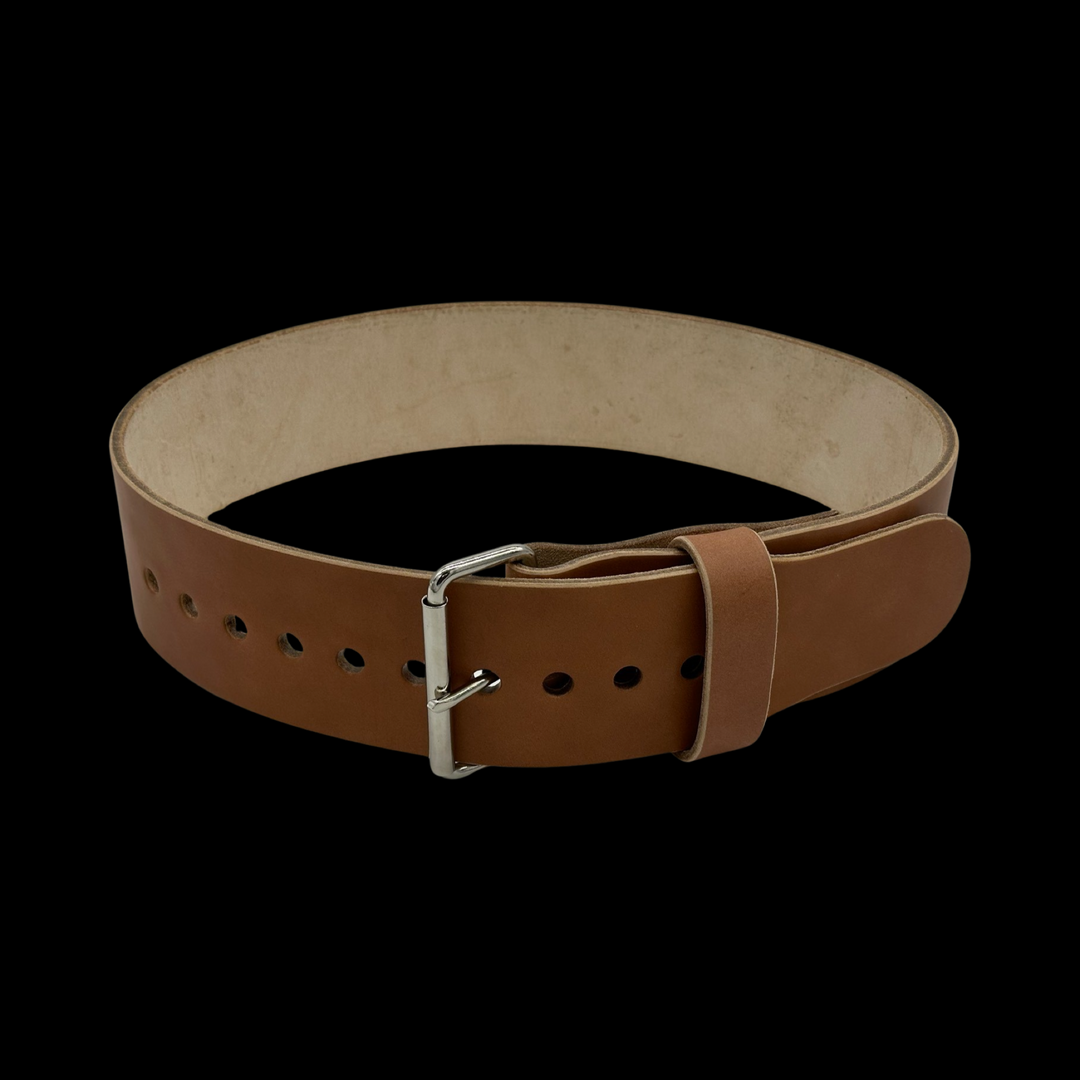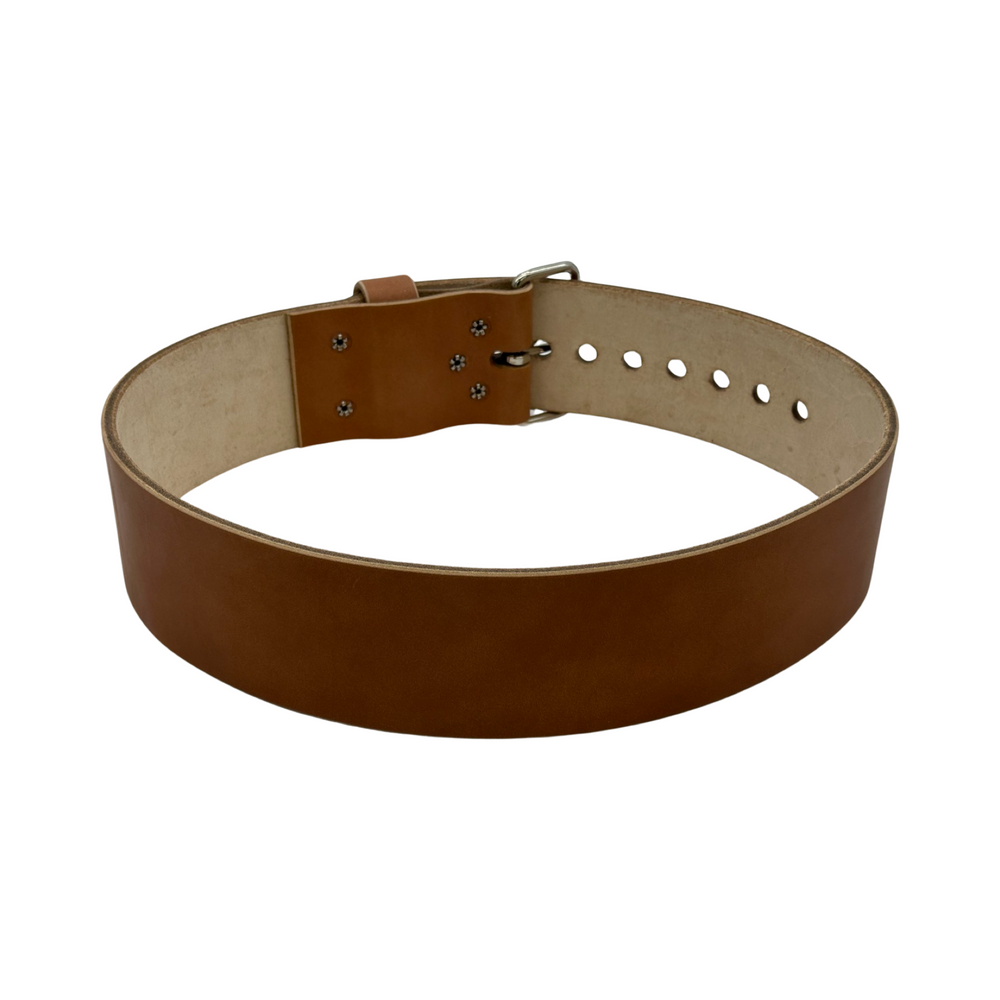Buy the Best Dead Lift Belt on the Market
Deadlift belts, also known as powerlifting belts or weightlifting belts, are specialized belts used in strength training, specifically during deadlift exercises and other heavy compound lifts.
Pioneer Deadlift Belts
Pioneer Deadlift Belts are made in the USA, have a lifetime warranty and come backed by our commitment to customer service.
Our Deadlift Belts are the best there is. We only use the highest quality materials, and all of our belts are handmade in Texas – no knock offs or imports. Our Deadlift Belts come with style and options suited to beginners, daily lifters, all the way to competitive and experienced powerlifters.
If you are looking for a Deadlift Belt that is guaranteed to last a lifetime, is made with the highest quality materials and comes backed with the best customer support in the business, you have found the right place. Don’t fall for the imported, knock offs and cheap weight belts that the other guys sell. Pioneer weight lifting belts are the best Deadlift Belts on the market.
You can design your own custom weightlifting belt or find a stock weight lifting belt that is right for you.
All of our weight belts, powerlifting belts, lever belts, Deadlift Belts, Deadlift Belts, and other leather belts are handmade in the heart of Texas. They come with a lifetime warranty and are backed by our commitment to our customer service guarantee.
What is a Deadlift Belt?
A Deadlift Belt is a piece of equipment worn around your waist to support your lower back and abdominal muscles during heavy lifting exercises. Deadlift Belts are back, and core support belts used during weightlifting. Weight lifting belts are also called Deadlift Belts, lifting belts or gym belts. Deadlift Belts are designed to help stabilize the spine and reduce stress on the lower back during lifting movements and are often used during exercises that involve heavy weights, such as squats, deadlifts, or power cleans.
How do weight lifting belts work?
Using a lifting belt increases intra-abdominal pressure when it is worn correctly and tightly around your waist. As you take a deep breath before lifting, your abdominal muscles push against the belt, which in turn creates internal pressure against your spine, acting like a supportive brace. This process can help stabilize your core and keep your spine aligned, potentially reducing the risk of back injuries during heavy lifts and exercises. Additionally, when you wear a Deadlift Belt correctly, fastened tightly around your waist, reminds your body to maintain good form and correct posture.
What are the benefits of using a Deadlift Belt?
Deadlift Belts can be a beneficial addition to your workout routine, if used correctly. A lifting belt may allow you to lift more weight, as the increased pressure provides a stable base from which your leg and hip muscles can generate force. A properly worn Deadlift Belt can help keep you healthy and may increase your lifting performance.
What is the proper way to wear a Deadlift Belt?
- Position: Wrap the belt around your waist. Your belt position will depend on personal preference and the specific exercise you are using it for, however it should sit on the narrowest part of your waist, just above your hip bone, so that it can have full contact across the back, sides, and front of the torso.
- Belt Tightness: Your weight belt should be tight enough to provide support and create pressure when you brace your abs against it, but not so tight that it restricts your breathing or movement. You should be able to get a hand between your stomach and the belt.
- Quick Test: Before using the belt during a heavy lift, take a deep stomach breath and push your abdominal muscles into the belt. Hold this breath as you lift a lighter weight to make sure the belt is comfortable, and you can feel the pressure against it.
How do I select the right size Deadlift Belt?
Weightlifting/Power Lifting Belts are worn well above where you wear your shorts or pants, this means they are worn above the hip bones. Most people are inclined to use their pant size for a weightlifting belt. This often ends up with the belt not fitting correctly. Ordering the correct size is very important. If you have any questions at all contact us and we will help you determine the correct size. We are unable to accept returned belts due to incorrect size or options.
- Use a pliable measuring tape or seamstress tape.
- Measure around your waist, about 4 inches above where your pants are.*Do not “suck in”, measure in a relaxed state, then pull the measuring tape tight. Use this measurement to choose your correct belt size.
- Take that measurement and use the size guide on the belt you are interested in ordering.
- X-Small- 22″-31″
- Small- 27″- 36″
- Medium- 31″-40″
- Large- 35″-44″
- X-Large- 39″-48″
- XX-Large- 43″-52″
- XXX-Large- 47″-56″
If you have any doubt to your belt size, please contact us as we will be more than happy to help.
What materials are used to make quality weight lifting belts?
Weightlifting belts are typically made from leather or nylon, or a combination of the two.
- Leather Weight Lifting Belts: Leather is the most common material used to make weightlifting belts. Our leather is the highest quality on the market. We only use vegetable tanned, full grain sole leather bends. This leather comes from the part of the cow with the tightest fiber structure for extreme durability and support. Other lifting belts on the market are made with imported, inferior or artificial leather. Leather belts come with a lever or prong closure.
- Nylon Lifting Belts: Nylon belts are lighter, less rigid and softer than leather weight belts, as they are made with polypropylene instead of leather. Nylon lifting belts come with a hook and loop fastener/Velcro™ closure and are typically less expensive.
- Hybrid Lifting Belts: Hybrid lifting belts are a great combination of firmer leather and softer nylon. These belts come with a hook and loop fastener/Velcro™, closure, nickel plated roller buckle and Cordura Packcloth.
- Suede Lifting Belts: Suede lifting belts are actually leather lifting belts with suede applied to the outside and/or inside of the belt. Suede is a type of leather that has a softer, napped finish.
What are the different types of weight lifting belts?
There are several different types of weight lifting belts. Which one you use depends on personal preference and what type of activity you are using it for.
- Lever Weight Lifting Belts: Deadlift Belts use a lever mechanism for closure instead of a traditional prong buckle or hook and loop fastener/Velcro™. The lever allows for a quick and easy release or adjustment of the belt’s tightness. The lever system also ensures a secure and tight fit around the waist, providing maximum support and stability during heavy lifts. We offer our standard lever weight belts as well as our patent pending PAL V2 lever which is a one-of-a-kind lever that can be used for even more specific belt adjustment.
- Buckle or Prong Weight Lifting Belts: Traditional buckle or prong or weightlifting belts use a buckle system with one or two prongs similar to your regular dress belt. Prong lifting belts offer a secure and customizable fit, allowing the wearer to adjust the tightness to their specific needs. We have patented our own Pioneer Cut Prong belt that allows for half-inch adjustments to make the weight belt fit exactly as you need. With our Pioneer Cut weightlifting belts, you can get a more comfortable fit during long workouts or for different exercises that require more or less support.
- Nylon Belts and Hybrid Belts: Nylon and Hybrid lifting belts use a hook and loop fastener/Velcro™ closure system instead of a traditional buckle or lever mechanism. These belts are made with polypropylene for support and comfort. While nylon belts may not offer the same level of support as leather or suede belts, they are a comfortable and convenient option for a variety of exercises and movements, as they allow for greater range of motion and flexibility. Nylon weight belts are good for lighter lifting and certain training exercises, as they offer less support than the stiffer leather wight belt. Hybrid / Strongman belts are exactly what they sound like a great combination of a leather powerlifting belt and a nylon belt with hook and loop fastener/Velcro™ closure. The Hybrid has the ease of use/comfort of a hook and loop fastener/Velcro™ belt, and the support that is similar to a leather belt which is definitely a win-win. The idea behind this belt was to offer a product that is a bit less specific to just powerlifting. This belt is geared toward HIIT, Olympic lifting, general training, and strongman
- Suede Lifting Belts: Suede is a type of leather that has a softer finish. Suede lifting belts are technically leather lifting belts with suede glued and/or stitched. Suede lifting belts offer the durability and support of a leather weight belt with more comfort and more grip. Suede allows for much more customization in color and embroidery, but the same powerhouse support of traditional leather weight belts.
- Dip Belts: A dip belt has a strap or chain on the front, which is used to attach a weight/plate. This type of weight belt type is used to work multiple muscles, such as shoulders, chest, triceps, back, and legs. We offer two types of dip belts, leather and nylon.
What type of training is a weight lifting belt used for?
Different types of weight belts are better suited for different training goals and athletes, and can be used for a variety of workouts including:
- Powerlifting
- HIIT
- Bodybuilding
- Strongman Competitions
- Olympic Weightlifting
- General Workout
I am just starting out, what weight belt should I use?
We have weight belt options for everyone in the market. If you are just starting out you may not want to pay for a super-customized belt, and that’s ok. We offer Deadlift Belts at a great price and superior quality compared to others on the market. Additionally, all of our stock belts are great for those just getting into lifting but needing or wanting something a little beefier.
When should I start using a weight belt?
There are many different opinions on when you should start incorporating a weight belt into your lifting routine. Most coaches and trainers will tell you that you should only use a gym belt when you have learned proper lifting technique, and you can properly brace your core without the aid of a belt.
What level lifters should use Deadlift Belts?
All levels of athletes from beginners to elite powerlifters can benefit from a weight belt, assuming they use it correctly and know proper lifting technique.
How do I pick the right weight belt for me?
There are so many options and so many details to picking the right weightlifting belt. We have written an extensive article and a video to help you understand all of the weight belt options and to help you pick the right belt. Even after reading through the details, you are welcome to reach out to us directly and we can help you decide.
Why should I use a Pioneer Deadlift Belt?
Weightlifting belts are commonly used by weightlifters and powerlifters to provide support and stability to the core and lower back during heavy lifting exercises.
- Quality Construction: Our Deadlift Belts are handmade in Texas with the highest quality materials. Don’t trust your back and body to cheap, imported, imitation belts.
- Price Point: We have gym belt options for everyone in the market. Whether you are looking for an introductory belt or you want one customized to the buckle to use in your next competition, we have a weight belt for you.
- Core Stability: Deadlift Belts are designed to increase intra-abdominal pressure, which helps stabilize the spine and core muscles. By providing external support, the belt assists in maintaining proper posture and alignment, reducing the risk of injury.
- Reduced Spinal Loading: When lifting heavy weights, the lower back is subjected to significant stress and loading. The belt helps distribute the load and forces across the abdominal and lower back regions, reducing the strain on the spine.
- Increased Lifting Performance: By stabilizing the core, lifting belts can enhance performance by improving power transfer and reducing energy loss. This can result in increased strength and the ability to lift heavier weights.
- Injury Prevention: The use of a weight belt can help prevent or minimize injuries, particularly during exercises that place high demands on the lower back, such as squats, deadlifts, and overhead presses. The belt acts as a safeguard against excessive spinal flexion or extension, reducing the risk of strains, sprains, or other back-related injuries.
- Psychological Confidence: Wearing a Deadlift Belt can provide a psychological boost to lifters by increasing their confidence and perception of stability. This confidence can lead to improved focus, technique, and overall performance. Not to mention flare. Our custom weight belts let you show off your style.
It is important to note that weight lifting belts are not a substitute for proper training, technique, and core strength development. A properly worn weight belt is a reminder to focus on correct positioning and technique, not a replacement.


